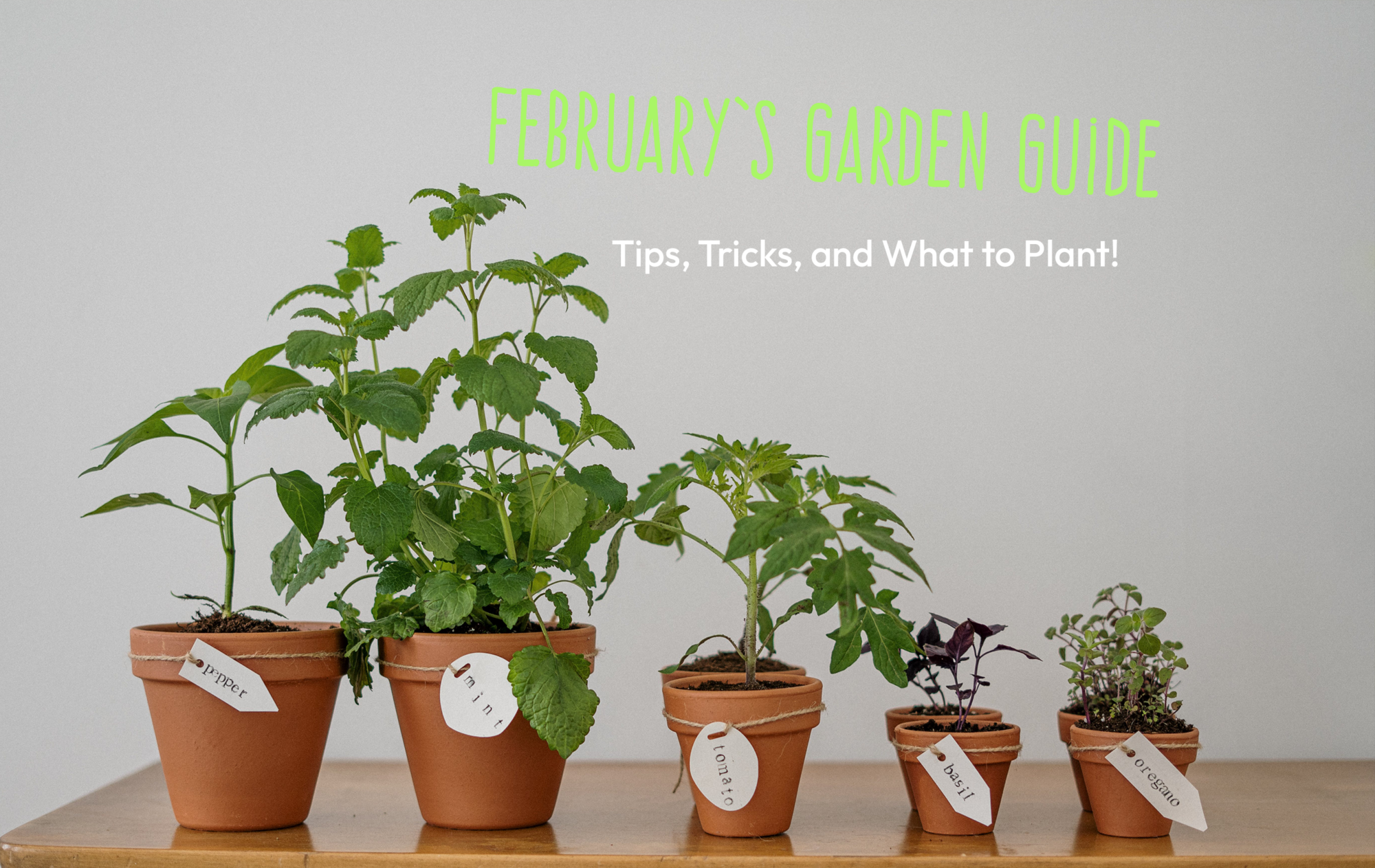February is now upon us, and this month is renowned for being one of the hotter months of the year so keep up the moisture levels in the garden by monitoring daily. When plants get water-stressed, they become susceptible to pests and diseases, which can be very quick to move in. A healthy plant is much more likely to stay that way if it’s well watered. One huge benefit of organic humate is that by using this in your garden and particularly around and in the vegetable patch, the humic in the humate acts like a sponge which can hold its own weight in water up to 7 times. Application Timing: If at all possible, apply humate in the early morning or late afternoon to avoid the intense midday heat. This allows the product to be absorbed into the soil before the sun is at its peak. Watering: Water the soil before applying the humate. This ensures that the soil is moist, allowing better absorption of the humate into the root zone. Mulching: Consider applying a layer of organic mulch around plants. Mulching helps conserve soil moisture, reduces evaporation, and complements the effects of humate. What to Plant in February (Late Summer):
Vegetables: Warm-season crops: Tomatoes, peppers, eggplants, and cucumbers.
Sow seeds in trays, such as cabbages, cauliflower, broccoli, kale, leeks, parsley, silver beet and Florence fennel.
Sow directly into the garden broad beans, carrots, beetroot and silver beet.
Plant seedlings of leafy vegetables right through to the end of autumn for a continual harvest.
Also, you can plant the following:
Flowers: Annuals: Cosmos, marigolds, zinnias, and sunflowers.
Perennials: Dahlias, daylilies, and salvia.
Herbs: Basil, coriander, and parsley.
Leafy greens: Lettuce, spinach, and kale.
Fruit: Berries: Strawberries and raspberries.
Citrus: If you’re in a suitable region, consider planting citrus trees.
Plant summer-flowering bulbs like gladioli and lilies.
Harvesting:
A few gardening tips😊 The harvest of certain crops also takes place this month with vegetables such as silver beet, spinach, spring onion, sweetcorn and tomatoes. Sweetcorn – protect plants from strong winds by staking them or erecting a windbreak. Potatoes – keep mounding up rows of potatoes to ensure a bigger harvest. When watering potatoes, water the soil and not the leaves. Keep the area around plants weed-free. Tomatoes – remove the lower leaves of plants to allow more light to ripen the lower trusses of fruit. Immediately remove any diseased leaves or fruit that may appear, to limit the spread of the problem. 
